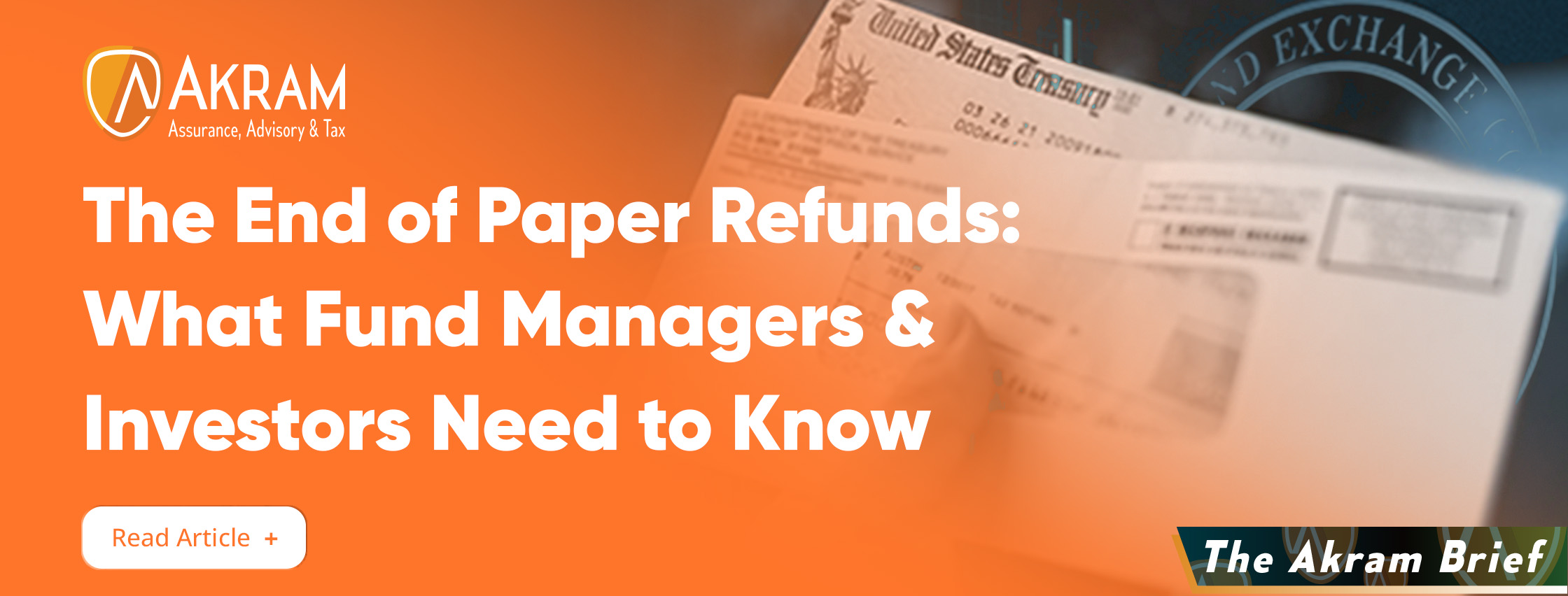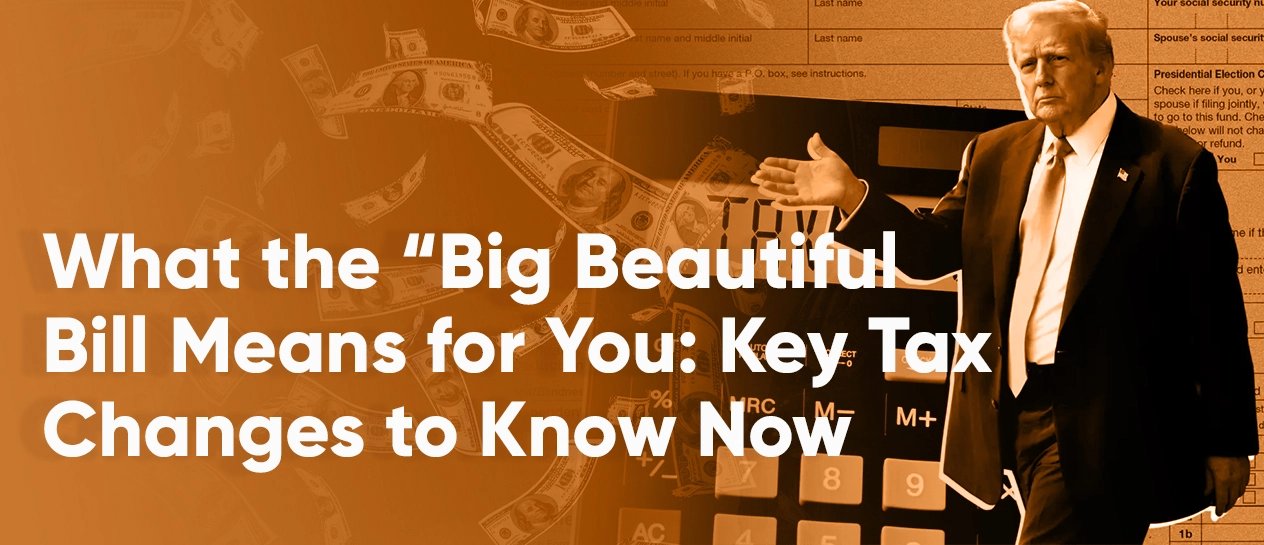Do 1256 contracts offer taxpayers favorable tax treatment? Let’s discuss and explore.
Define 1256 Contracts
A section 1256 contract is defined by the Internal Revenue Code (IRC) as any of the following:
- regulated futures contract
- foreign currency contract
- non-equity option
- dealer equity option
- dealer securities futures contract
Futures and Index Options offer Favorable (60/40)Tax treatment
1256 contracts are U.S. futures, options on futures, and options on broad-based indices (SPX, NDX, DJX and VIX etc…). They should be marked-to-market if taxpayers hold on to them through the end of a tax year (12/31). 60% of gains are taxed at the long term capital gains rate and 40% are taxed as short term capital gains regardless of how long taxpayers have held the trade. Index options allow you to save more on taxes because 2019 long-term capital gains rates ranging from 0-20% versus short-term capital gains rates of 10-37%.
IRS Publication 550 addresses 1256 contracts (60/40 rule). Here is an example from this publication:
“On July 17, 2018, you bought a regulated futures contract for $100,000. On December 31, 2018, the fair market value of the contract was $107,000. You recognized a $7,000 gain on your 2018 tax return, treated as 60% long-term and 40% short-term capital gain. On February 23, 2019, you sold the contract for $106,000. Because you recognized a $7,000 gain on your 2018 return, you recognize a $1,000 loss ($107,000 − $106,000) on your 2019 tax return, treated as 60% long-term and 40% short-term capital loss.”
Wash sales under section 1091 and straddles under section 1092 of IRC do not apply to Section 1256 contracts because they are “marked-to-market”.
Equity and ETF Options Don’t Offer Favorable Tax Treatment Like Index Options
ETF Options offer broad market exposure but they’re not treated like index options for tax purposes. Equity and ETF options are not 1256 contracts and can’t get 60/40 tax treatment. Equity and ETF options are allowed to be marked-to-market for tax purposes if trading activity is substantial. It must be frequent, regular, and continuous enough to constitute a trade or business. Sporadic trading, regardless of the number and dollar value of shares traded, does not constitute a “trade or business”. Taxpayers should file the 475(f) election “marked to market” with the IRS. Traders pay ordinary income tax rates but will not be subject to $3,000 (Married Filing Jointly) capital loss limitation. Investors have to carry forward the capital losses exceeding $3,000 to future tax years.
Index Options Offer Potential Tax Savings
Investors often use a variety of ETF options products (SPY, IWM, and QQQQ etc.) to gain exposure to the broader market. Capital gains from ETF options may be short-term gains and taxed at the ordinary income rate of (10-37%).
For instance, if an investor who has $100,000 in taxable capital gains were trading ETF options, they could be taxed at the ordinary income rate and pay a minimum of approximately $15,253 in Federal taxes. Short term capital gains tax rates correspond to ordinary income tax brackets (10%, 12%, 22%, 24%, 32%, 35% or 37%). On the other hand, if investors were trading index options that qualified for 60/40 tax treatment, they would only pay approximately $10,409 in federal taxes and file Form 6781- Gains and Losses from Section 1256 Contracts and Straddles. The tax savings of $4,844 is assuming the taxpayer is single with the $12,200 standard deduction; and investments are the only source of income during the tax year 2019.
We Are Here to Help
As always, call us if you need help. If you are unsure about the taxability of your 1256 contracts, Akram can determine the unique details of your situation and help you optimize your tax bill.



